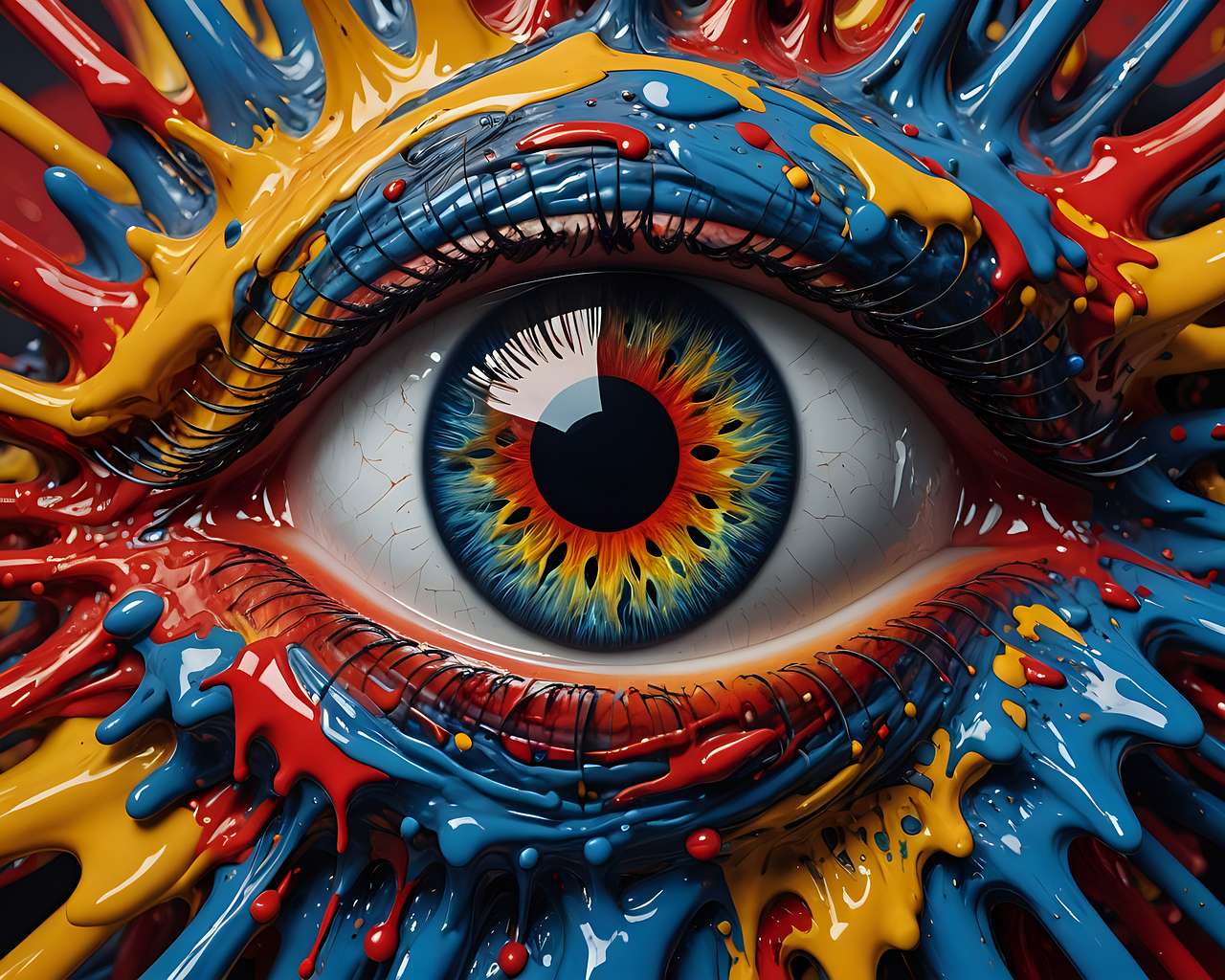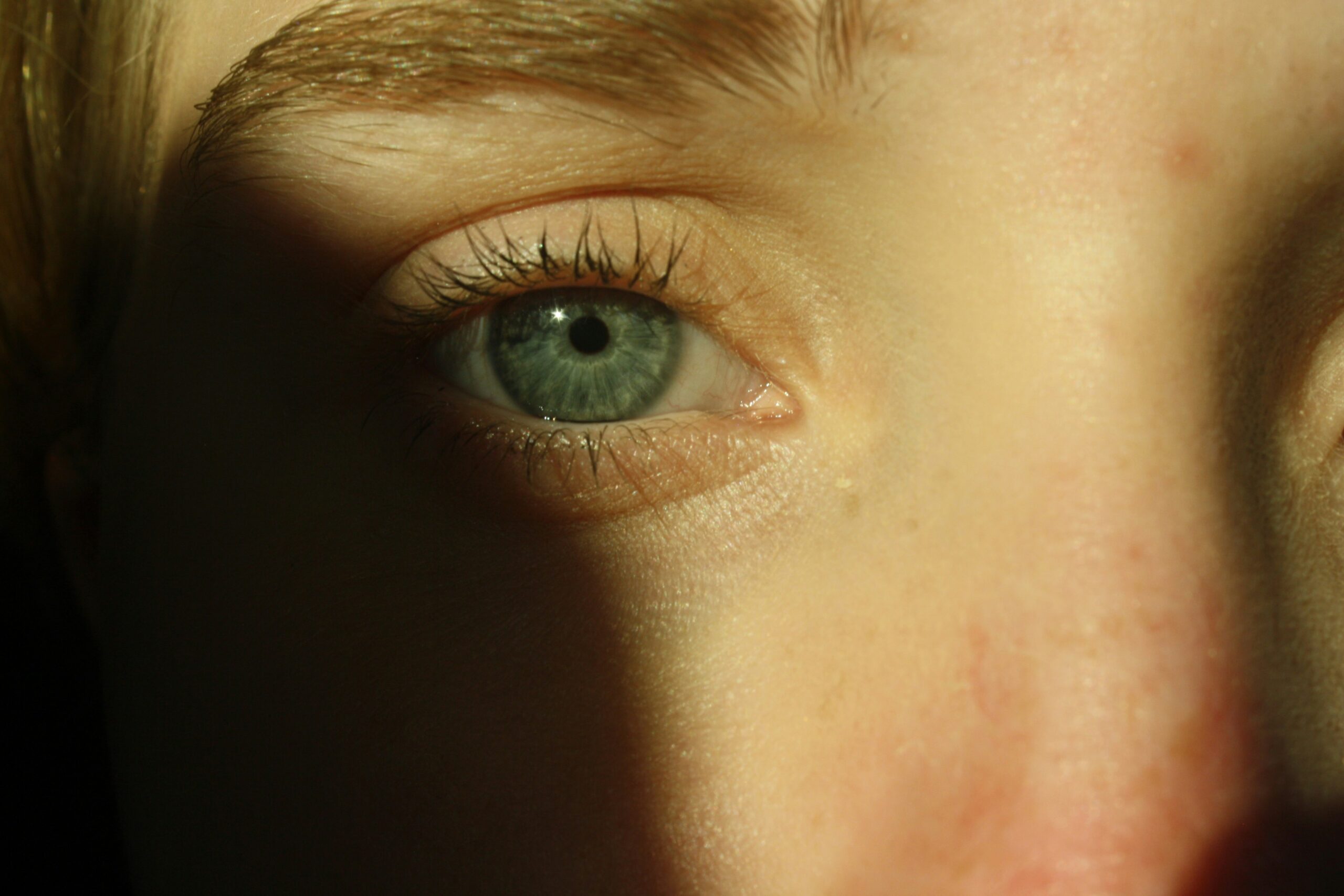Explore the best foods, vitamins, and Malaysian diet tips for eye health. Malaya Optical shares expert eye nutrition insights for better vision and long-term wellness. Your eyes are constantly working, focusing, adjusting, filtering light and detecting detail. But just like the rest of your body, they rely heavily on what you eat to function at their best. At Malaya Optical, Malaysia’s trusted optometry centre since 1957, we’re committed not only to providing world-class vision solutions but also to educating families and individuals on how nutrition supports long-term eye health. Whether you’re a health-conscious adult or a parent trying to protect your child’s developing vision, this guide is your practical roadmap to better vision through better food. Why Eye Nutrition Matters The eyes contain some of the most metabolically active tissues…











